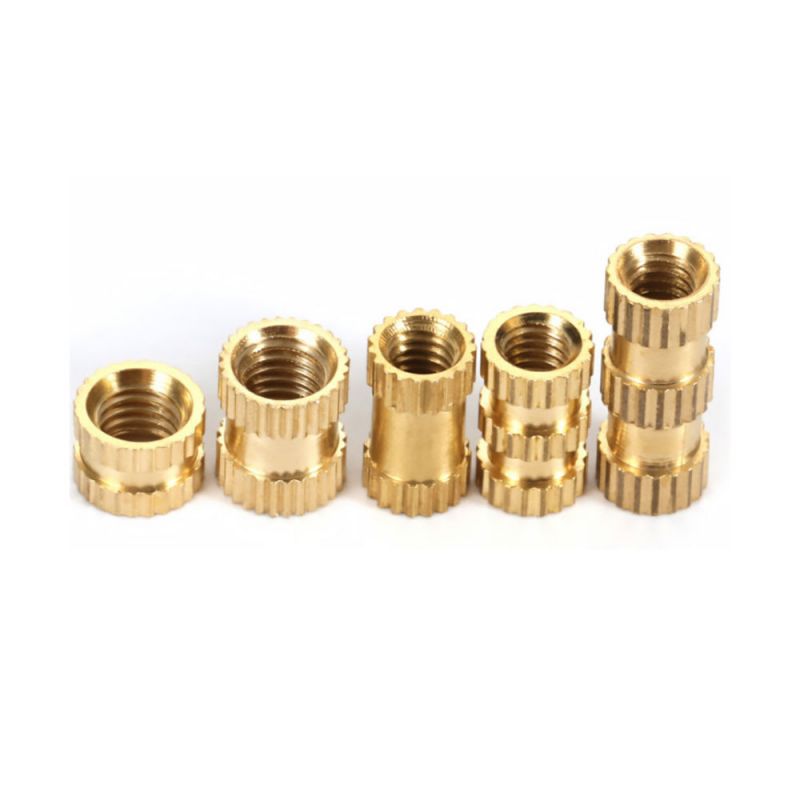- English
- Español
- Português
- русский
- Français
- 日本語
- Deutsch
- tiếng Việt
- Italiano
- Nederlands
- ภาษาไทย
- Polski
- 한국어
- Svenska
- magyar
- Malay
- বাংলা ভাষার
- Dansk
- Suomi
- हिन्दी
- Pilipino
- Türkçe
- Gaeilge
- العربية
- Indonesia
- Norsk
- تمل
- český
- ελληνικά
- український
- Javanese
- فارسی
- தமிழ்
- తెలుగు
- नेपाली
- Burmese
- български
- ລາວ
- Latine
- Қазақша
- Euskal
- Azərbaycan
- Slovenský jazyk
- Македонски
- Lietuvos
- Eesti Keel
- Română
- Slovenski
How do you choose the right Specialty Fastener for your project?
2024-09-24

What are the factors to consider in choosing the right specialty fastener?
The right specialty fastener for any specific application depends on specific factors. Among the factors to consider are:
- Material
- Size
- Shape
- Strength
- Corrosion resistance
- Temperature resistance
- Design requirements
What are the different types of specialty fasteners available?
Specialty fasteners come in different types, including:
- Screws
- Bolts
- Nuts
- Washers
- Rivets
- Anchors
What are the advantages of using specialty fasteners?
The advantages of using specialty fasteners in various projects include:
- Enhanced safety
- Improved performance
- Greater reliability
- Better durability
- Extended lifespan
- Superior quality and strength
Choosing the right specialty fastener for a particular project is a crucial decision that can have a significant impact on the overall performance and safety of the project. The right selection will ensure that the project meets all the necessary standards of quality, safety, and reliability.
Conclusion
Choosing the right specialty fastener is a crucial step that can determine the success of any project. It is essential to consider specific factors, such as material, size, shape, strength, corrosion resistance, and design requirements when selecting the right specialty fastener.
Dongguan Fuchengxin communication technology Co., Ltd. is a leading manufacturer and supplier of high-quality specialty fasteners for different industries. With years of experience in the industry, the company has become an expert in producing fasteners that meet the unique demands of various projects. For more information, please visit https://www.fcx-metalprocessing.com or contact Lei.wang@dgfcd.com.cn
Scientific Research Papers
Tao C, Zhang Y, Huang X, Zhang Y, Sun C, Chen W. (2021). Applications of specialty fasteners in aerospace engineering. International Journal of Aerospace Engineering, 2021.
Liu J, Luo Y, Xie W, Pan X, Chen L. (2020). Development and application of fasteners in the automobile industry. Journal of Materials Science and Technology, 2020.
Zhao Z, Zhang Y, Zhang X, Sun S, Liu Z. (2019). Corrosion resistance of specialty fasteners in marine environments. Applied Ocean Research, 2019.
Hong Y, Yang B, Chen H, Huang Y, Li J. (2018). Research on the performance of high-strength nuts in civil engineering. Journal of Constructional Steel Research, 2018.
Wu A, Zhang Q, Bai X, Ma X, Zhu X. (2017). Effect of heat treatment on the properties of titanium alloy fasteners. Rare Metal Materials and Engineering, 2017.
Li Y, Wu J, Zhang X, Wang S, Liu X. (2016). Study on the high-temperature performance of nickel-based alloy fasteners. Rare Metals, 2016.
Zhou Y, Zhou W, Zeng X, Hu W, Chen J. (2015). Theoretical and experimental study on the static strength of riveted connections. Journal of Mechanical Science and Technology, 2015.
Li L, Xiong L, Ye T, Li R. (2014). An experimental investigation on the fatigue behavior of bolted connections under repeated loads. Materials Science and Engineering: A, 2014.
Li X, Zhang W, Zhang J, Zhang X, Wang C. (2013). Finite element analysis of the mechanical behavior of self-drilling bolted connections. Journal of Mechanical Science and Technology, 2013.
Chen B, Wang Y, Xu C, Liu B, Chen B. (2012). Study on the dynamic response of bolted structures under impact loads. Journal of Vibration and Shock, 2012.



